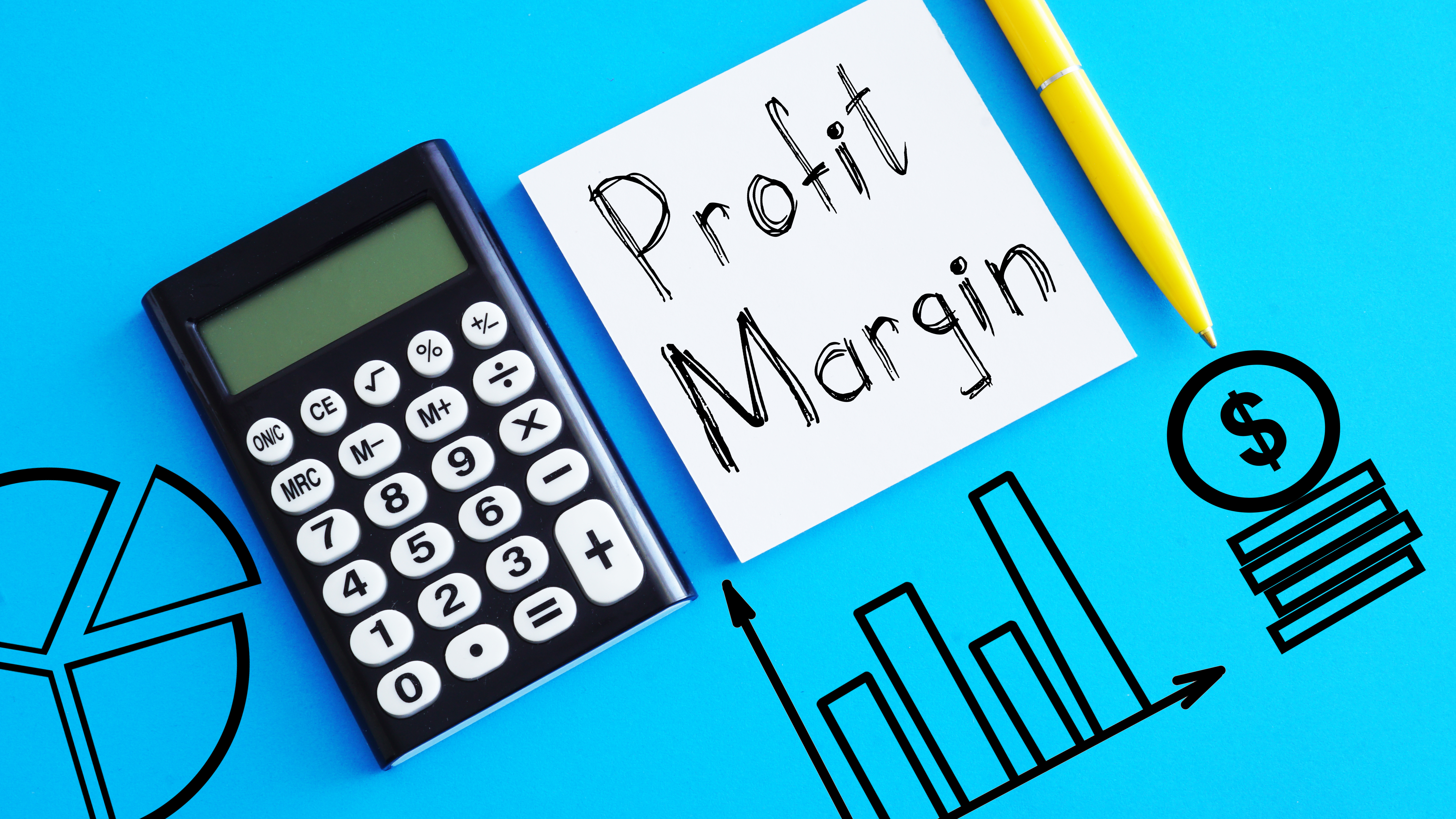In the competitive automotive service industry, understanding and optimizing profit margins is crucial for the sustainability and growth of your tire shop. A common question among tire shop owners is, "What are typical profit margins for common repairs and how can I improve them?" This blog post aims to shed light on the financial aspects of tire shop operations, focusing on common services like tire rotations, new tire installations, tire alignments, oil changes, and air filter replacements.
Understanding Different Financial Terms
Before diving into the specifics of profit margins for each service, let's clarify the difference between key financial terms: revenue, profit, gross profit, and net profit.
- Revenue: This is the total amount of money your shop earns from selling goods and services, before deducting any expenses.
- Gross Profit: To calculate gross profit, subtract the cost of goods sold (COGS) from revenue. For a tire shop, COGS includes the cost of tires, parts, and supplies used in providing services. When calculating gross profit, ensure you subtract all supplies used. Remember to include commonly missed items like temporary floor mats and nuts and bolts. While these costs are small for each service, they add up in the long run.
- Net Profit: This is the 'bottom line,' calculated by subtracting all operating expenses (rent, utilities, salaries, marketing, etc.) from your gross profit. Net profit can reflect the owner's take-home pay.
- Profit Margin: Reflects how much percentage of each dollar in sales translates into profits. It's a vital indicator of your business's financial health. To best understand your tire shop's financials, you should calculate the profit margin for individual services and the overall business. Knowing the profit margin for each service will enable you to prioritize more profitable services.
.png?width=1024&height=768&name=Red%20and%20Yellow%20T%20Chart%20(1).png)
Profit Margins for Common Tire Shop Services
Tire Rotation
Typically, tire rotation services offer modest profit margins. They require minimal resources but are labor-intensive. A tire shop might charge between $20 to $40 for this service, with a profit margin of around 50-70%. This service often serves as a way to build customer relationships and lead to more profitable services.
New Tires
The sale of new tires usually has a profit margin between 25-50%. Factors like brand, tire type, and supplier purchase volume significantly affect this margin. Upselling high-margin tires or additional services can enhance profitability.
Tire Alignment
Tire alignments are a higher-margin service, usually between 60-70%. The specialized equipment required represents a significant initial investment, but the ongoing costs are relatively low, primarily labor.
Oil Change
Oil changes are often considered loss leaders, with profit margins ranging from 20-40%. They're quick, require inexpensive materials, and are an excellent opportunity to inspect the vehicle for potential high-margin repairs.
Air Filter Replacement
This service has a high profit margin, often exceeding 70%. Air filters are inexpensive, and the replacement process is quick and straightforward.
*Please note that these are industry average profit margins and will vary between tire shops.
Strategies to Improve Profit Margins
Deliver Excellent Service
A positive customer experience is the cornerstone of shop profitability. When you exceed customer expectations and perform industry-leading repairs, customers are willing to pay higher labor rates and parts markups. Allow your premium service to justify your profitable pricing structure.
Implement a Scaled Parts Markup Strategy
Many business coaches recommend scaling your parts markup to boost profitability. A scaled markup means that your least expensive parts receive a higher markup than your most costly parts. A scaled pricing strategy works because customers are willing to pay $10 for a $5 oil filter with a 100% markup but will not pay $600 for a $300 shock at a 100% markup. For more expensive parts, consider reducing your markup to around 30%.
Improve Operating & Technician Efficiency
Reducing downtime shop inefficiencies will boost your technicians' productivity. Efficient technicians can get through more work faster, allowing your shop to bill more than eight hours a day per technician. Workflow management and digital vehicle inspection technology will help you achieve this.
Upselling and Cross-Selling
Once you have identified your services with the highest profit margin, inspect every vehicle's corresponding conditions to identify upsell opportunities.
Volume Discounts from Suppliers
Negotiating better prices for parts and supplies can significantly reduce the costs of parts and goods. Develop a good relationship with a consistent parts supplier and look for bulk buying options for everything from cleaning supplies to coffee for the waiting room.
Loyalty Programs
Implementing an effective loyalty program can increase repeat business, boosting overall revenue.
Effective Marketing
Targeted marketing campaigns can attract more customers, increasing revenue and spreading fixed costs over more transactions. Email marketing is a great way to reach new and existing customers and has a low overhead cost.
Technology Utilization
Adopting modern tools like BayIQ can streamline operations, improve customer experience, and enhance decision-making through data analysis.
Conclusion
Understanding and optimizing your tire shop's profit margins is not just about cutting costs but also about strategic pricing, efficient operations, and quality service. Regular financial analysis and innovative business strategies can lead to sustained growth and profitability. Remember, a successful tire shop doesn't just sell tires and services; it builds lasting relationships with its customers, and this is where true profitability lies.


